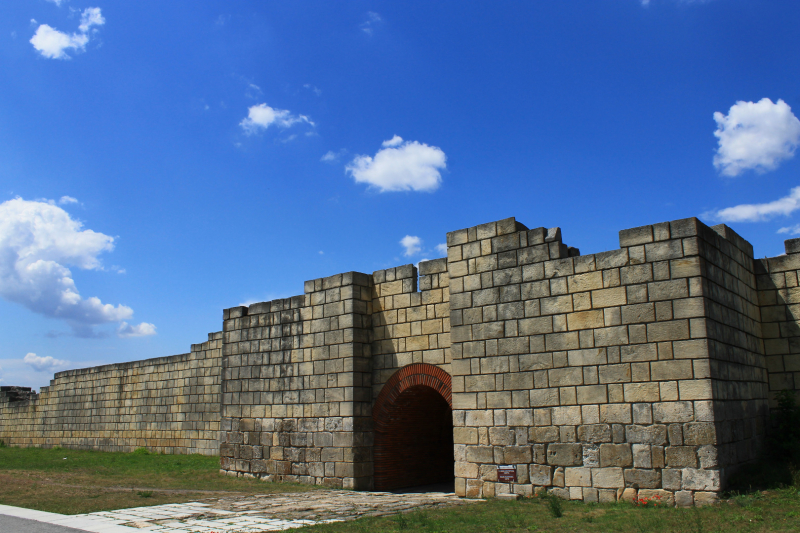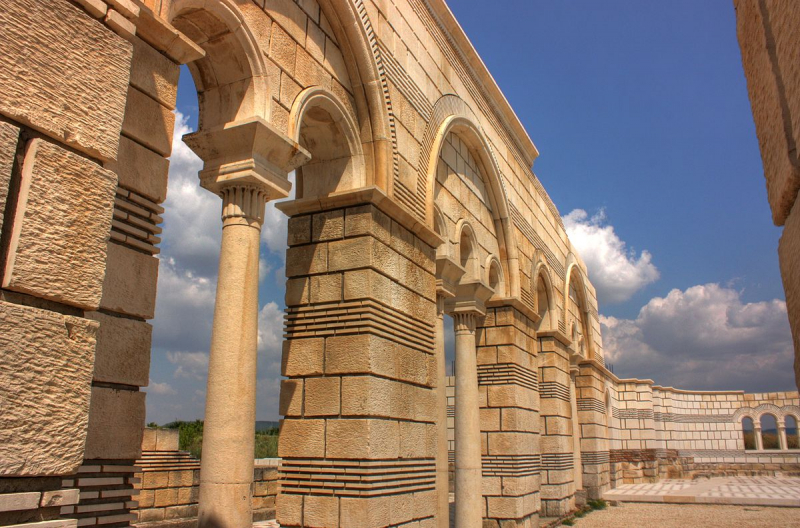Pliska
Pliska is an archaeological site in Bulgaria housing the ruins of what was the country’s first capital. Spread over 23 square kilometres and with a complex system of fortifications, Pliska was an impressive early medieval city. It acted as the main city of the First Bulgarian Empire from 681AD until 893AD, when the capital was moved to Preslav by Tsar Simeon I. This site features as one of list most beautiful historical sites in Bulgaria.
Pliska was the first capital of the First Bulgarian Empire. It was established in 681 after the Bulgars defeated the Byzantines. The location was specifically chosen as a vantage point, the valley surrounded by the hillsides of neighbouring plateaus appealed to the proto-Bulgarians as a favorable place to pasture their herds. The location was also at an intersection of major thoroughfares. Pliska changed significantly when Bulgaria accepted Christianity in 864 under King Boris I.
The pagan temples were rebuilt as Christian churches were built, the most impressive being The Great Basilica, the remains of which can still be seen today. In 889, King Boris established a monastery, and its first prelate was the king’s oldest son Vladimir. However, when Vladimir attempted to re-introduce paganism he was blinded and imprisoned in a dungeon.
Today, visitors can tour Pliska’s remains including some of its defences and a church known as the Big Basilica. The Pliska National Historical and Architectural Reserve was declared an important national cultural and historical landmark in Issue № 46 of the State Decrees for 1970. There is a small museum located at the northeastern corner of the palace that displays artefacts discovered in the region, and in front of the museum, there is a rest area that offers refreshments. The Pliska Reserve is maintained by the Shumen Regional Museum of History.












